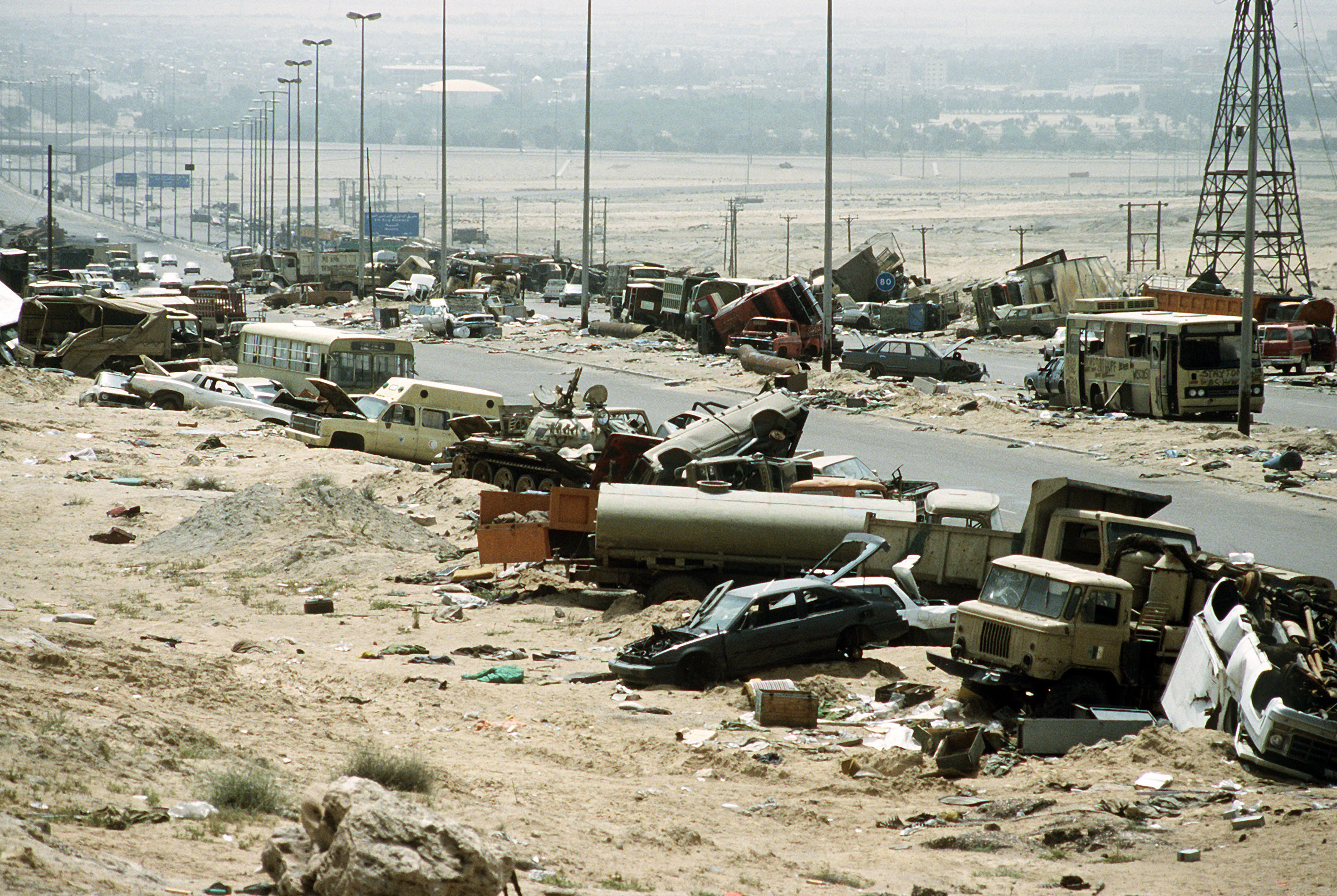Global Peace Film Fest is an annual event held in Orlando. This year members of the RCC 100: Writing About Social Justice and Community class attended and wrote reviews on a selection of the films. Read all reviews here.
Environment is war’s silent casualty. This is the prompt that drives the discussions of Scarred Lands & Wounded Lives: The Environmental Footprint of War (2010). Throughout the documentary, directors Alice and Lincoln Day illuminate the overlooked issue of the environmentally destructive impacts of war. The stark imagery of war zones mixed with the factual observation of environmental experts portrays the sense of urgency by which the issue needs to be met. A former Lieutenant, a Vietnam veteran, a few professors, and a number of great minds from environmental organizations review policy implementation, weaponry, and contamination aspects. The film discusses both historical and current wartimes, which establishes recognition of the longevity of the effects. A more significant issue lies in the acknowledgement of past war effects that still impact the present. A reflection of the original premise, the purposes of war expressed in the film were to defeat the enemy and, more implicitly, to destroy the earth that sustains the enemy. With the introduction of aero-bombs, napalm, agent orange, oil tankers, and other deadly chemicals, the aforementioned theories are easily believable. Pollutants from these techniques threatened—and continue to threaten—environments around the world. The effects also reach human life. Unexploded ordinance remains in battlefields of the past, 82 nations are contaminated with land mines, with 10 million mines left in Cambodia and 10-12 people killed daily in Afghanistan. The most unfortunate reality is that the Earth Restoration Budget is only $161 billion—a third of the US military budget, which is half of the global military budget. As the president of the Earth Policy Institute Lester Brown justifiably fears, time is now the scarcest of all resources.










Be First to Comment